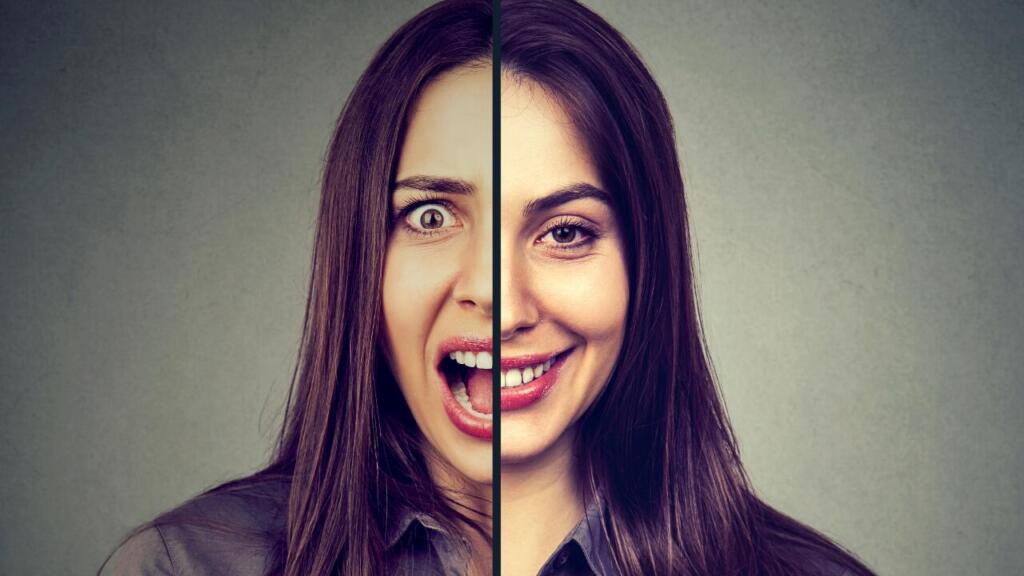Introduction
Bipolar disorder is a severe psychiatric condition associated with significant morbidity. Despite advancements, treatment remains challenging due to complex clinical algorithms and evolving classificatory systems. This review examines the Indian research on the clinical aspects of bipolar disorder over the past 15 years, utilizing PubMed, Scopus, and Google Scholar databases.
Epidemiology
Two major surveys highlight the substantial prevalence of bipolar disorder in India. The 2016 National Mental Health Survey reported a lifetime prevalence of 0.5% and a current prevalence of 0.3%, with a higher prevalence in males (0.6%) than females (0.4%). The Global Burden of Disease Study (1990–2017) found a prevalence of 0.6% with no gender difference. Both studies observed an increase in prevalence from adolescence to adulthood, followed by a decrease in older ages. A regional study in Karnataka reported a prevalence of 0.8%.
Etiology
Genetic research in India has explored DNA integrity, microsatellite markers, and neurocognitive functioning in bipolar disorder. Social cognition deficits are evident in patients and their first-degree relatives, and enhanced reward sensitivity persists even during euthymia. Patients exhibit longer reaction times to looming cues, indicating cognitive endophenotypes. Neurological soft signs are less common in bipolar disorder compared to schizophrenia, and facial emotion recognition deficits are observed in patients and their relatives.
Neuroimaging and Biomarkers
Neuroimaging studies have shown lower cortical measures in patients with multiple episodes and abnormal brain activity synchronization in resting-state fMRI. Biomarkers such as MMP-9 levels have been linked to suicidality, while higher neutrophil counts and NLR indicate an inflammatory pathophysiology in first episode and bipolar mania. Hormonal imbalances, including increased IL-17 and reduced testosterone, are also noted.
Comorbidities
Comorbid conditions are prevalent in bipolar disorder. Anxiety disorders have a high lifetime and current prevalence, associated with a severe course. Substance dependence is found in 22.4% of patients, with higher rates of nicotine and alcohol dependence. Late-onset bipolar disorder shows higher rates of psychiatric and physical comorbidities. Sexual dysfunction is reported in patients on valproate monotherapy, and marital and sexual dissatisfaction is higher among spouses of patients with alcohol use disorder. Mothers of adolescents with bipolar disorder experience high stress and maladaptive coping. Metabolic syndrome affects 40% of bipolar patients, increasing cardiovascular risk. Thyroid dysfunction and migraine are also common, and 23% of female patients have polycystic ovary syndrome.
Clinical Tools and Recovery Assessment
Several clinical tools, including the Hamilton Depression Rating Scale and Young Mania Rating Scale, have been translated into Indian languages. The Recovery Assessment Scale has been used to evaluate recovery in severe mental illnesses, showing higher recovery measures in bipolar disorder compared to schizophrenia.
Pharmacological Treatments
Advancements in pharmacological treatments include studies comparing sodium valproate and haloperidol, with valproate showing a faster response. Asenapine and olanzapine, used with divalproex, show significant symptom reduction, though olanzapine has more side effects. Lithium therapy is common but associated with high skin reaction prevalence. Cognitive functions are severely impaired in patients on sodium valproate monotherapy. Endoxifen is found to be effective and safe compared to divalproex. Despite critical deficits in lithium-related knowledge, it remains the most frequently prescribed mood stabilizer. Adherence to lithium therapy is suboptimal, influenced by patient attitudes and family support. SMS reminders have been shown to improve medication adherence.
Non-Pharmacological Treatments
Non-pharmacological treatments such as electroconvulsive therapy (ECT) are widely used, with high response rates. ECT is preferred over ketamine for severe depression. Therapeutic repetitive transcranial magnetic stimulation (rTMS) is effective as an augmenting agent in depression treatment. Family-focused nursing interventions significantly improve functional ability in patients.
Stigma and Disability
Stigma is experienced by both patients and caregivers, with higher internalized stigma in younger patients and those from lower socioeconomic backgrounds. Caregivers face higher stigma if the patient is female, has functional impairment, or incomplete remission. Disability levels are higher in bipolar disorder compared to schizophrenia, affecting work performance and self-care. Higher resilience is associated with lower disability.
Clinical Course and Cognitive Profile
Bipolar disorder patients commonly experience manic episodes, with untreated patients showing rapid cycling. The mean age of onset is 26 years, with patients spending 11-13% of their time in acute illness. Stressful life events often precipitate episodes. Cognitive complaints are reported by 41% of patients, with impairments in mental speed, attention, memory, and executive functions. Patients perform poorly in social cognition compared to controls.
Pathways to Care and Recovery
Patients with bipolar disorder primarily seek initial care from psychiatrists, followed by faith healers and general physicians. Recovery is linked to stigma, functional status, residual depressive symptoms, and employment. Stressful life events and coronavirus infection are associated with relapse.
Research Trends and Future Directions
Indian research has made unique contributions, aligning with global advancements while addressing local challenges. There is a growing interest in genetics and gene-environment interactions, though replicable results are yet to be found. Personalized medicine and the role of artificial intelligence in managing bipolar disorder are emerging fields needing more research in India. The transition to DSM-5 from ICD-10 is also notable.
Conclusion
Significant progress has been made in bipolar disorder research in India over the past decade. While the research trajectory aligns with global trends, certain unique focuses address the specific challenges in India. Future research should continue exploring personalized medicine, artificial intelligence, and comprehensive management strategies to improve patient outcomes.
